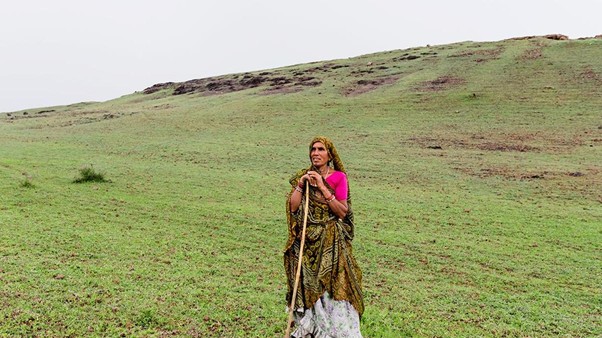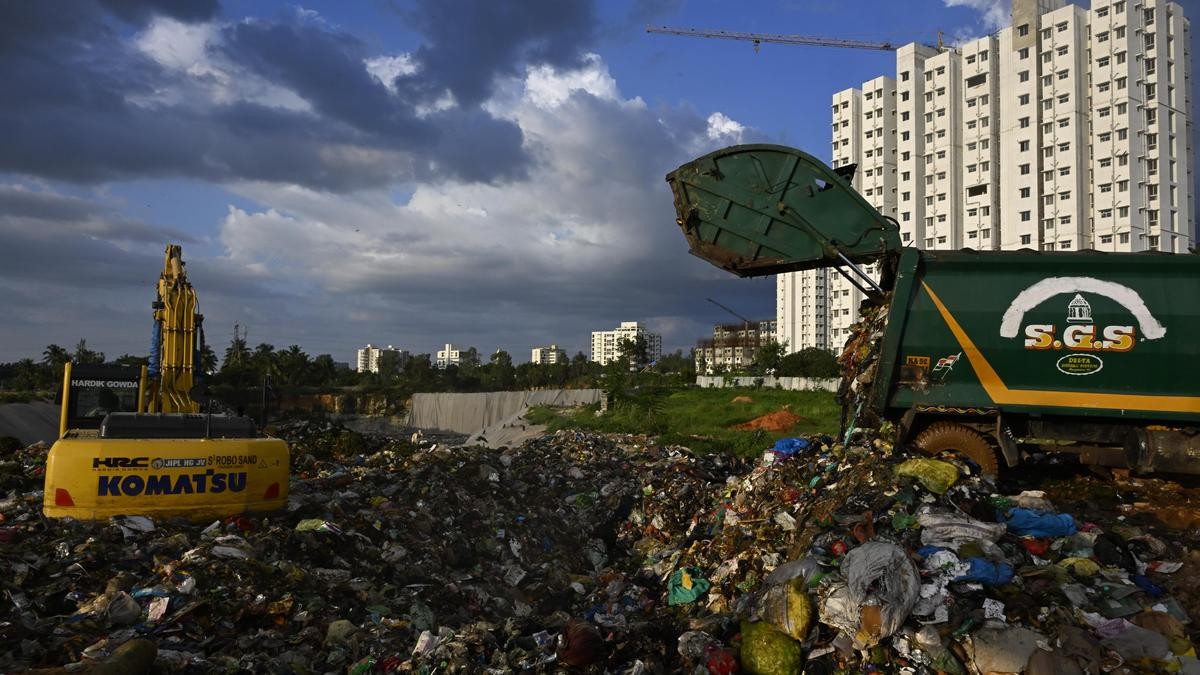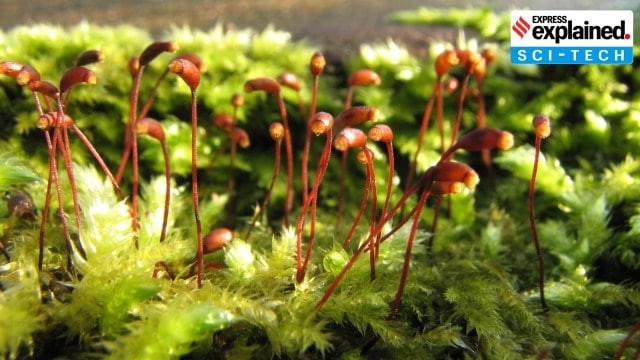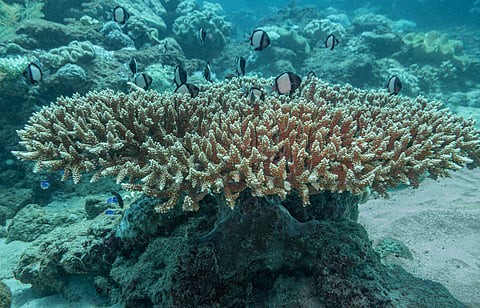




Disclaimer: Copyright infringement not intended.
India has launched its first ever seed germination database which is a free access digital repository of germination protocols for 465 native plant species compiled by the Ecological Restoration Alliance – India also known as ERA-I.
This initiative supports India's commitment under the Bonn Challenge to restore 26 million hectares of degraded land by 2030.
|
Aspect |
Details |
|
Scope |
1,000+ germination techniques for 465 native plant species |
|
Target Users |
Ecological restoration practitioners, nursery managers, native plant enthusiasts |
|
Partners |
Auroville Botanical Gardens, ATREE, NCF, Wildlife Trust of India, etc. |
|
Accessibility |
Free and public platform for seed germination knowledge |
Ecological Compatibility as they co-evolved with local fauna—birds, mammals, insects, fungi.
Adapted to local climatic and soil conditions.
Require minimal irrigation, fertilizers or human intervention once established.
Help in restoring degraded ecosystems, improve biodiversity.
Seed Germination Protocols ensure higher survival rates in restoration nurseries.
Useful in reforesting degraded areas, reviving ecosystem services and ensuring biodiversity conservation.
|
Botanical Name |
Common Name |
Ecological Significance |
|
Aegle marmelos |
Wood Apple |
Sacred tree; drought-tolerant |
|
Bauhinia racemosa |
Beedi Leaf Tree |
Medicinal, supports butterfly species |
|
Canthium coromandelicum |
Coromandel Boxwood |
Hardy shrub, native pollinator support |
|
Daphniphyllum neilgherrense |
Nilgiri Daphne-leaf |
Endemic to Western Ghats |
|
Elaeodendron glaucum |
Ceylon Tea |
Evergreen tree, wildlife habitat |
|
Ficus benghalensis |
Banyan |
Keystone species, hosts diverse fauna |
|
Gmelina arborea |
White Kashmir Teak |
Fast-growing, timber and shade provider |
|
Hopea indica |
Malabar Ironwood |
Endangered, hardwood tree of Western Ghats |
|
Ixora pavetta |
Torchwood Tree |
Native flowering shrub |
|
Justicia adhatoda |
Malabar Nut |
Medicinal plant, supports bee populations |
|
Knema attenuata |
Wild Nutmeg |
Western Ghats endemic, bird-dispersed fruits |
|
Lawsonia inermis |
Henna |
Traditional use; supports soil health |
|
Madhuca longifolia |
Mahua |
Tribal livelihood, oil and food plant |
|
Vachellia nilotica |
Babool |
Nitrogen-fixing, prevents soil erosion |
|
Withania somnifera |
Ashwagandha |
Medicinal herb, promotes drought resilience |
|
Ximenia americana |
Hog Plum |
Hardy tree for arid regions |
|
Ziziphus mauritiana |
Indian Jujube |
Fruit-bearing, attracts wildlife |
Addressing Knowledge Gaps
Shifts from trial-and-error to scientific protocols.
Helps practitioners grow hard-to-propagate species.
Supports Bonn Challenge
India pledged to restore 26 million hectares.
Native plant-based nurseries accelerate rewilding efforts.
Builds Community Knowledge
23 experts from 11 institutions have uploaded germination protocols.
Encourages collaborative ecological action.
|
Challenge |
Impact |
|
Lack of germination knowledge |
High failure rate in nurseries |
|
Degraded habitats |
Limited native seed sources |
|
Climate unpredictability |
Affects germination timing and success |
|
Over-dependence on exotic species |
Reduces biodiversity and resilience |
|
Component |
Details |
|
Definition |
Seed germination is the process by which a seed develops into a seedling under favorable environmental conditions. |
|
Conditions Required |
Water (imbibition), oxygen (respiration), suitable temperature, and sometimes light/dark. |
|
Stages of Germination |
1. Imbibition (water uptake) 2. Enzyme activation 3. Cell division and elongation 4. Emergence of radicle (root) 5. Emergence of plumule (shoot) |
|
Types of Germination |
Epigeal: Cotyledons emerge above ground (e.g. bean) Hypogeal: Cotyledons stay underground (e.g. maize) |
|
Importance in Ecology |
Establishes vegetation in barren/degraded land Maintains genetic diversity Aids in succession and resilience Supports faunal habitat regeneration |
|
Challenges in Germination |
Dormancy in seeds Low viability Specific ecological niches Absence of seed pre-treatment knowledge |
|
Seed Pre-Treatments |
Scarification (scratching coat) Stratification (cold/moist treatment) Soaking in water/chemicals Light/dark exposure Use of plant growth regulators |
|
Role in Restoration |
Germination knowledge helps in raising nurseries for native species used in reforestation, afforestation and ecological repair projects. |
Sources:
|
PRACTICE QUESTION Q. Discuss the significance of seed germination protocols in ecological restoration. How can India’s first seed germination database contribute to achieving land degradation neutrality under the Bonn Challenge? (250 words) |







© 2025 iasgyan. All right reserved